Introduction
Education is often described as the great equalizer — yet it is also one of the strongest mirrors of inequality. Every system of learning privileges certain languages, ways of knowing, and measures of intelligence. From classroom grading to global academia, biases in education shape who is heard, who is believed, and who is left behind.
This framework helps educators, policymakers, and learners identify how bias influences what we call “knowledge.” It emphasizes that inclusion in education isn’t just about access — it’s about representation, respect for diverse epistemologies, and dismantling the hierarchies that define whose knowledge matters.
1. Cognitive & Psychological Biases
| Bias | Definition / Description |
|---|
| Intelligence Bias | Equating academic achievement or test scores with inherent intelligence. |
| Anchoring Bias | Forming lasting impressions of a student’s ability based on early performance. |
| Confirmation Bias | Interpreting student behavior or ability in ways that confirm teacher expectations. |
| Implicit Expectation Bias | Subconsciously lowering or raising expectations based on background, race, or gender. |
| Attribution Bias | Explaining student success through luck or help, while attributing failure to personal effort. |
| Familiarity Bias | Preferring students whose communication or behavior aligns with teacher norms. |
| Cognitive Style Bias | Rewarding particular learning or communication styles while penalizing others. |
2. Sociocultural & Structural Biases
| Bias | Definition / Description |
|---|
| Cultural Capital Bias | Privileging students whose home culture aligns with school expectations. |
| Standardized Testing Bias | Assessments that favor certain linguistic, socioeconomic, or cultural groups. |
| Credentialism Bias | Overvaluing degrees and titles as proof of competence. |
| Institutional Bias | Education systems that reproduce class and racial hierarchies through funding and tracking. |
| Language-of-Instruction Bias | Prioritizing one dominant language, marginalizing bilingual or non-native speakers. |
| Hidden Curriculum Bias | Unspoken lessons about conformity, authority, and social order that favor dominant groups. |
| Access Bias | Unequal access to resources, technology, or enrichment due to location or income. |
3. Moral & Ideological Biases
| Bias | Definition / Description |
|---|
| Meritocracy Bias | Assuming academic success reflects effort alone, ignoring structural barriers. |
| Objectivity Bias | Believing knowledge can be entirely neutral, disregarding cultural or historical context. |
| Epistemic Dominance Bias | Treating Western, scientific, or written knowledge as superior to oral or indigenous systems. |
| Deficit Thinking Bias | Viewing students from marginalized backgrounds as lacking motivation or ability. |
| Conformity Bias | Rewarding compliance and penalizing critical or creative deviation. |
| Moral Hierarchy Bias | Treating academic disciplines or professions as morally or intellectually superior. |
| Economic Utility Bias | Valuing education only for job outcomes rather than holistic development. |
4. Educational & Communication Biases
| Bias | Definition / Description |
|---|
| Curricular Canon Bias | Overrepresenting authors, scientists, and theorists from dominant cultures. |
| Pedagogical Bias | Using teaching methods that assume one uniform learning pace or background. |
| Feedback Bias | Providing more encouragement or detailed feedback to students who mirror teacher expectations. |
| Representation Bias | Lack of diversity in faculty, textbooks, and research perspectives. |
| Assessment Bias | Grading systems that value speed, memorization, or written output over comprehension. |
| Access to Voice Bias | Classroom cultures where only confident or extroverted students are heard. |
| Technology Access Bias | Assuming all learners have equal digital access or literacy. |
| Bias | Definition / Description |
|---|
| Overcorrection Bias | Lowering standards or expectations in the name of inclusion, creating new inequities. |
| Denial Bias | Insisting education is purely merit-based, ignoring social or cultural influences. |
| Ally Superiority Bias | Performing “inclusive education” work for recognition rather than genuine reform. |
| Token Curriculum Bias | Adding isolated diversity lessons without systemic change in pedagogy. |
| Globalization Bias | Exporting Western education models as universal “best practices.” |
| Progress Illusion Bias | Celebrating representation gains while inequality persists in opportunity. |
| Innovation Bias | Overvaluing trendy reforms (tech, testing, “grit”) while ignoring structural inequities. |
Conclusion
Education is where bias learns to hide in plain sight — beneath good intentions and standardized goals. True inclusion in learning means questioning not only who gets access, but whose knowledge counts. When we value multiple ways of knowing, we move from schooling for conformity to education for liberation.
Education equity begins when every learner’s mind — and way of knowing — is treated as valid.


Member discussion